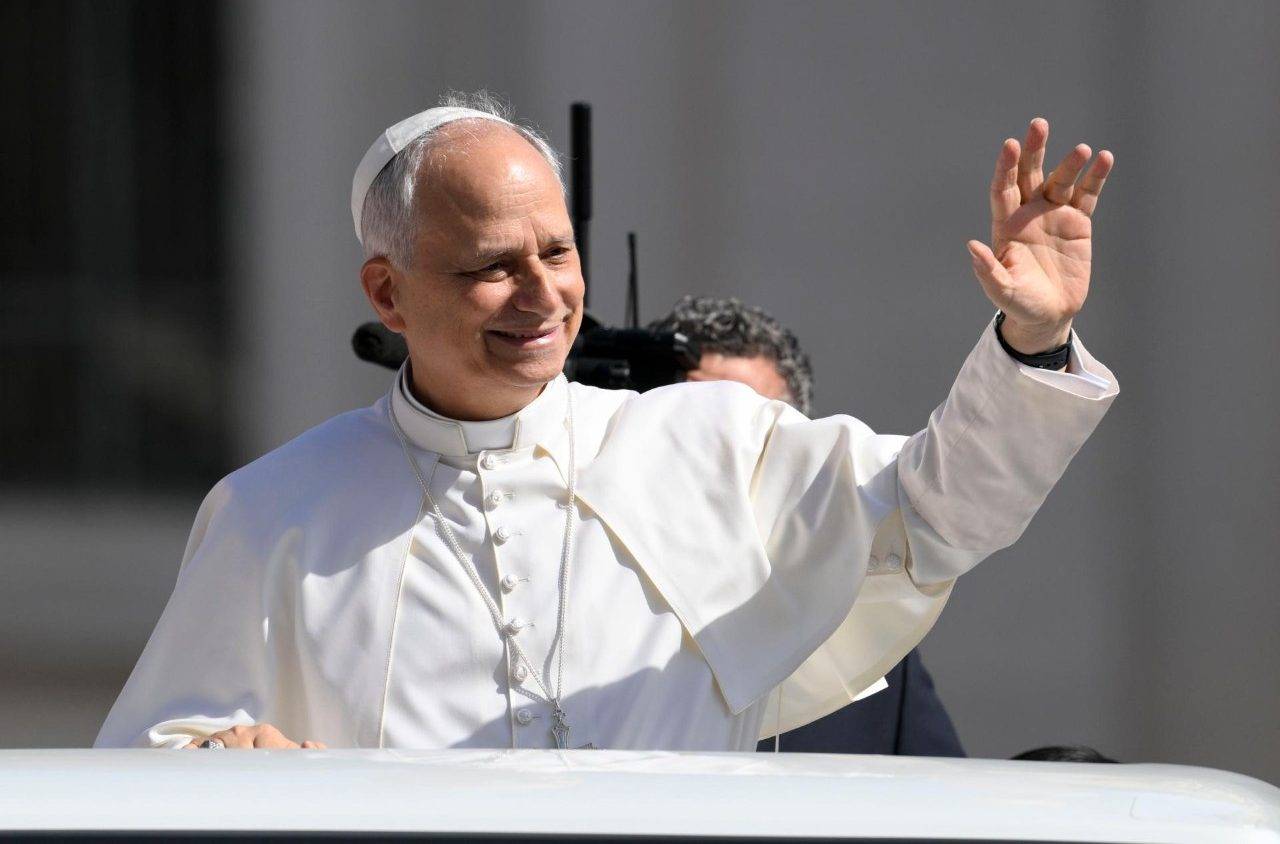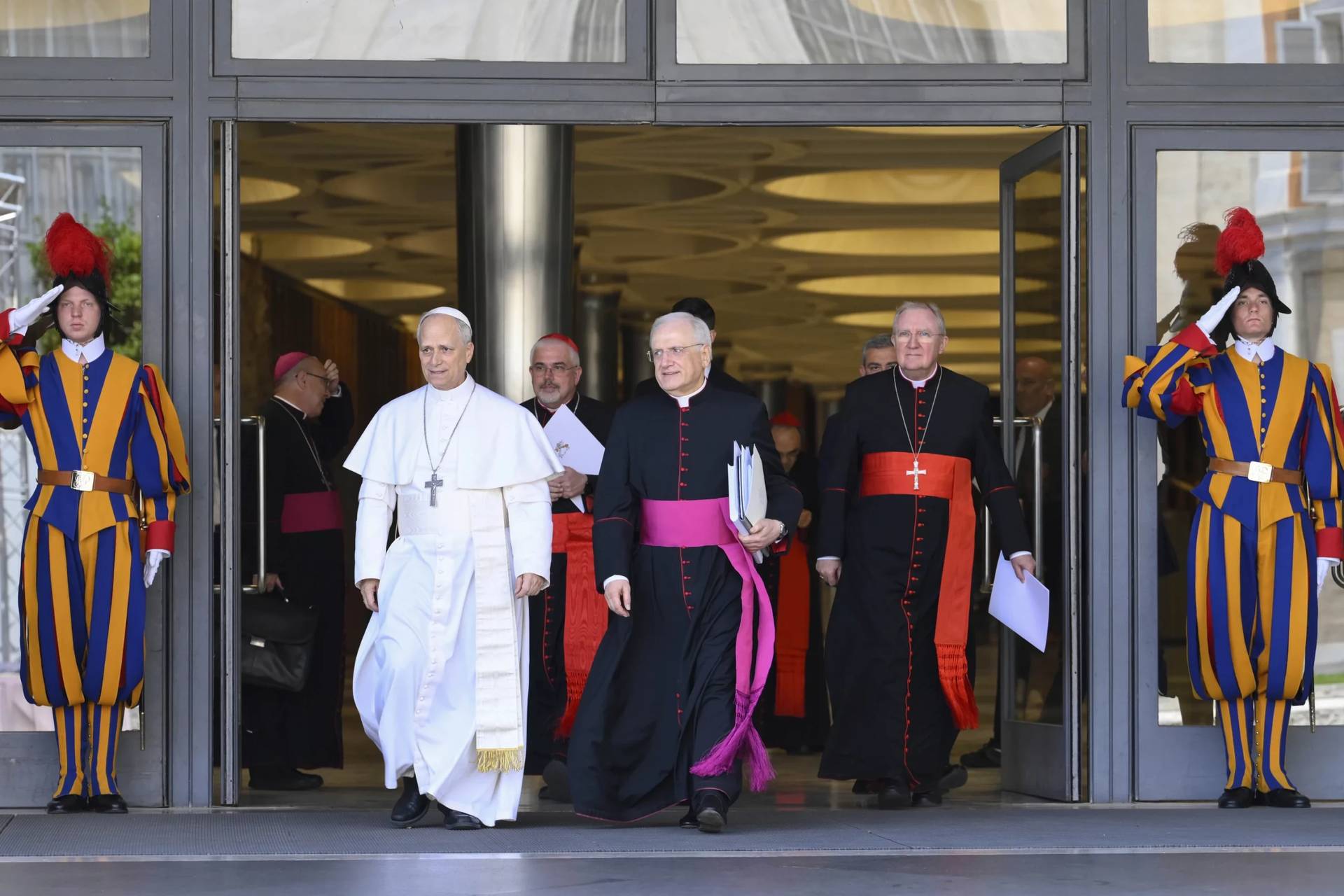KEY WEST, Florida – As fans of Sherlock Holmes know well, sometimes the key to unraveling a mystery is the dog that didn’t bark. It’s a metaphor for something one would have expected to happen that didn’t, and thus requires explanation.
As Pope Francis opens his third trip to Asia today, visiting Thailand and Japan, there’s a pretty big doctrinal dog that hasn’t uttered a peep – debates over the theology of religious pluralism, which not so long ago seemed the defining issue in Asian Catholicism, marking a deep cultural and intellectual gap between East and West.
Here are two words which, under other circumstances, would have been heard a great deal over the course of the pope’s Nov. 19-26 outing, but which now seem more likely to be conspicuous by their absence: Dominus Iesus.
Literally “The Lord Jesus”. That’s the title of a September 2000 document issued by the Vatican’s Congregation for the Doctrine of the Faith under then-Cardinal Joseph Ratzinger, the future Pope Benedict XVI. Its topic was the uniqueness of Jesus Christ, and, by extension, limits to the validity and saving power of non-Christian religions.
Key points in the document included:
- Revelation in Christ is complete and cannot be complemented by other religions, even though the divine mystery in itself remains “inexhaustible”.
- Sacred writings of other religions may have elements that “maintain a life-relationship with God,” but only the Old and New Testaments are “inspired texts”.
- Whatever the Holy Spirit brings about in other religions “serves as a preparation for the gospel and can only be understood in reference to Christ”.
- Non-Catholic Christian churches have “defects,” and Protestant communities are not “churches” at all in the proper sense. To the extent non-Catholic communities lead people to salvation, it is derived “from the very fullness of grace and truth entrusted to the Catholic church”.
- Prayers and rituals of other religions do not have a “divine origin,” and some “superstitions or other errors” represent “an obstacle to salvation”.
- Catholics must be committed to “announcing the necessity of conversion to Jesus Christ.”
Though such matters represent perennial topics in Catholic theology, the reason the document was issued at that moment was widely understood to be the rise of what’s known as the “theology of religious pluralism,” a movement positing that non-Christian religions can be vehicles for revelation and salvation in their own right.
It’s especially associated with figures linked to Asia, including the late Jesuit Father Jacques Dupuis, Indian Jesuit Father Michael Amaladoss, the later Spanish and Indian Father Raimundo Panikkar, and Sri Lankan Jesuit Aloysius Pieris.
All those figures, at one stage or another, found themselves in the crosshairs of the Vatican’s doctrinal agency, and Dominus Iesus was effectively the synthesis of those individual disciplinary procedures and investigations. At a press conference presenting the document, Ratzinger said it had been prompted by “a worrisome influence” of “the negative theology of Asia” in the West.
In large part, the concern was, and remains, the impact of such theological thinking on mission. Christianity in its essence is a missionary religion, and the final command of Christ on earth was to “go forth and make disciples of all the nations.” If Catholicism were to cede that one can be perfectly fine in the eyes of God by following another religion, therefore, many worry what incentive the Church would have to invite others to the faith.
In many ways, religious pluralism is to Asia what liberation theology is to Latin America, meaning its best-known and most controversial Catholic theological impulse. Just as Latin Americans often argue that the “option for the poor” is a natural response to their social situation, marked by chronic poverty and exclusion, Asian Catholics often insist that religious pluralism is an organic answer to being a tiny minority cheek-by-jowl with the great religious traditions of Asia.
For a time, it seemed that the titanic battles fought in the 1970s and 1980s over liberation theology would be replicated with similarly protracted tensions in the 2000s over religious pluralism. Careers seemed at risk, op/ed pieces were published, conferences were organized, and battle lines were drawn.
The ferment reflected what some Asians saw as cultural tone-deafness in Rome.
“Religious pluralism is an existential reality for many of us, and not just a theory or theological concept,” said Edmund Chia, the then-secretary of the Federation of Asian Bishops’ Conferences, from his office in Bangkok, Thailand, when Dominus Iesus appeared.
“Some of us have relatives, parents, spouses or children who are adherents of other religions. We see that these people are good and holy not in spite of but because of the God and religions they believe in. It would therefore be a violation of our conscience to even suggest that baptism is necessary for their salvation.”
At the beginning, it appeared that these tensions might extend into the Pope Francis era too. In early 2014, the Congregation for the Faith under its then-prefect, German Cardinal Gerhard Müller, launched an investigation against Amaladoss, whose best-known book is The Asian Jesus. Formal ecclesiastical censure seemed a live possibility.
Yet when Amaladoss was summoned to Rome for an interrogation by Müller, the pope welcomed the Indian theologian to his morning Mass the next day and joked, “You’ve met the lion in his den!”
Since then, Müller has been replaced, nothing more has been heard about any disciplinary process, and Francis has told several visitors from India that he considers Amaladoss a “good theologian.”
Francis has made outreach to other religions a priority, clearly seeing them as partners in his push for peace and other social goods, and he doesn’t seem to want fussy doctrinal disputes to get in the way. As a result, no one’s talking about a high-stakes theological showdown in Asia while the pope’s in town.
Still, the fact that tensions have died down doesn’t mean they’ve gone away. It remains an open question in Catholic theology exactly what salvific status should be assigned to non-Christian religions, and how to reconcile a practice of dialogue and respect with a doctrine of soteriological exclusivity.
Nobody may be fighting over such questions today, but who knows what the future will bring?
Perhaps what the non-barking dog on this Asian swing creates, therefore, is a caesura, an intermezzo, in the doctrinal controversies. When the curtain comes back up, maybe the next act can be a bit more reflective and calmer – reflecting, ultimately, what Benedict XVI once referred to as Catholicism’s role as “the religion of the great et et,” or “both/and.”
Follow John Allen on Twitter: @JohnLAllenJr
Crux is dedicated to smart, wired and independent reporting on the Vatican and worldwide Catholic Church. That kind of reporting doesn’t come cheap, and we need your support. You can help Crux by giving a small amount monthly, or with a onetime gift. Please remember, Crux is a for-profit organization, so contributions are not tax-deductible.















